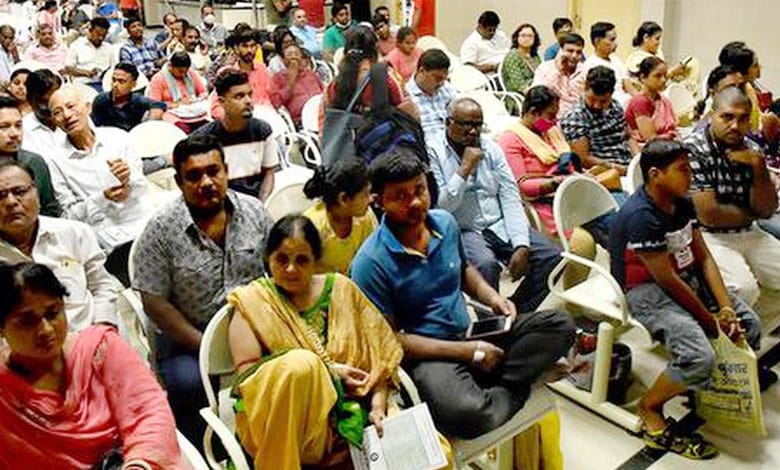
Hyderabad: The healthcare system in Telangana’s premier government hospitals is facing a severe shortage of senior specialist doctors, affecting both patients and postgraduate (PG) medical students.
Leading tertiary care hospitals such as Gandhi Hospital and Osmania General Hospital (OGH) are struggling to provide quality medical education and patient care due to a lack of experienced faculty in key medical disciplines.
Table of Contents
Acute Shortage of Radiologists at Gandhi Hospital
Gandhi Hospital, one of the largest tertiary hospitals in the state, which accommodates nearly 2,000 inpatient beds and attends to over 1,000 outpatients daily, has only two radiologists to train PG medical students and oversee critical diagnostic procedures.
This severe shortfall directly impacts the efficiency of radiological investigations, delaying essential medical services and impeding the academic progress of medical students.
Osmania General Hospital Lacks Dermatology Professors
At Osmania Medical College and General Hospital, the situation is equally grim, with no senior dermatology professor available to teach PG students or provide specialized care for patients.
The absence of an experienced dermatologist compromises the quality of dermatology education and limits the hospital’s ability to provide expert treatment for skin-related disorders.
Cardiology Departments in Crisis
Both Gandhi and Osmania General Hospitals are witnessing a shortage of senior cardiologists, including Professors and Assistant Professors.
This is alarming as these hospitals serve as referral centers for complex cardiac conditions and host a significant number of PG students specializing in cardiology. The lack of senior specialists raises concerns about the quality of education and healthcare delivery.
Niloufer Hospital’s Radiology Vacancy Partially Addressed
The radiology department at Niloufer Hospital, another major government hospital, faced a total absence of radiologists until recently.
This meant that PG students lacked essential training, and diagnostic services for pediatric patients were compromised. A junior radiologist has now been appointed on a contract basis, but the need for experienced specialists remains critical.
The Impact of Unplanned Transfers on Healthcare and Medical Education
The crisis stems from the unplanned and hasty transfers implemented by the State Health Department under the directives of the Telangana government. Senior doctors with over 30 years of experience were relocated to remote district hospitals, leaving major tertiary care centers in Hyderabad and Warangal severely understaffed.
While the government’s intention may have been to improve rural healthcare, the execution has led to an imbalance in resource distribution.
Remote district hospitals now have senior faculty members with fewer patients and PG students, whereas high-volume hospitals in Hyderabad are left with inadequate faculty strength to handle the growing number of patients and medical trainees.
Expert Opinions and Calls for Immediate Action
Medical experts from OGH have voiced their concerns, stating that tertiary hospitals in Hyderabad and Warangal require senior specialists more than remote district hospitals, where a senior resident doctor would suffice.
“The State government should have conducted a thorough study before executing these transfers. The decision has significantly impacted both patients and PG students, and unfortunately, no corrective measures have been taken so far,” lamented a senior doctor from OGH.
The previous BRS government had ensured that senior faculty members remained stationed at tertiary hospitals, ensuring high-quality specialty healthcare and medical education. However, the current shortage highlights the urgent need for a strategic reassessment of faculty distribution across government hospitals.
The Way Forward: Bridging the Gap in Healthcare Services
To address the crisis, the Telangana government must take the following steps:
- Reevaluate the faculty distribution policy to ensure senior professors are available where they are most needed.
- Recruit additional specialists in dermatology, radiology, cardiology, and other critical departments to fill existing vacancies.
- Strengthen rural healthcare facilities by deploying trained residents rather than relocating senior faculty members.
- Improve PG medical education standards by ensuring qualified mentors are available for specialized training.
Without immediate intervention, the shortage of senior faculty at major government hospitals will continue to adversely impact patient care and medical education, further straining the already burdened public healthcare system in Telangana.
